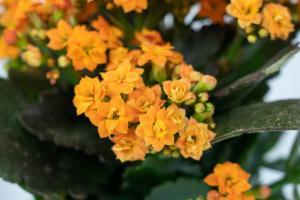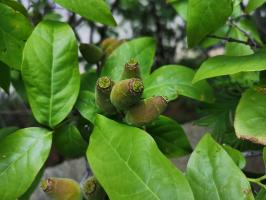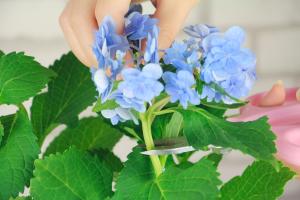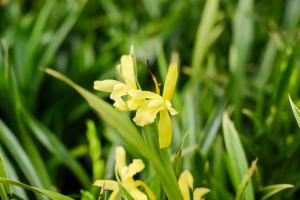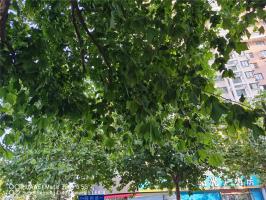How to Bottom Water House Plants
Houseplants can be a wonderful addition to any home, but they need to be tended to properly to thrive. One of the best ways to give them the proper care they need is through the process of bottom watering. Bottom watering is a simple and effective way to ensure that your plants get the hydration they need while avoiding the possibility of overwatering and root rot. Below are steps on how to bottom water your house plants.
Step 1: Choose Containers with Drainage Holes
Before you can start bottom watering your house plants, you need to ensure that your containers have drainage holes at the bottom. This is crucial to avoid water accumulation that can lead to root rot. If your containers don't have drainage holes, drill some holes through the bottom.
Step 2: Fill Your Tray with Water
Choose a tray or saucer that's larger than your plant container, and fill it with enough water to submerge the bottom of your container. Make sure that the water level doesn't reach above the pot's base, as this can also lead to root rot.
Step 3: Allow Plants to Soak
Carefully place your plant container in the tray filled with water, and let it soak up the water until the soil is moist. Different plants have different watering requirements, so the duration of soaking can vary. Most plants will take anywhere from 10-30 minutes to soak up sufficient water. Check the soil frequently to see if it's evenly moistened.
Step 4: Remove from Tray and Let Drain
After your plant has soaked up enough water, remove it from the tray and let it drain for a bit before returning it to its original spot. Drainage is critical to preventing root rot and fungal disease, so let the plant drain for a little while before returning it to the container.
Benefits of Bottom Watering House Plants
Bottom watering house plants come with several benefits, including;
1. Prevents Overwatering
Bottom watering prevents the risk of overwatering since the plant's roots are only exposed to the water they can absorb. When you water from the top, stagnant water can collect in the pot's bottom, leading to overwatering and root rot.
2. Efficient Water Use
Bottom watering is more efficient since the water reaches the plant's roots directly. Watering from the top can lead to water evaporation or run-off, which contributes to water wastage.
3. Safer for House Plants
Bottom watering is safer since it minimizes the chances of water splashing on the plant's foliage, leading to leaf spot or other diseases. Additionally, it prevents fungal disease and mold growth on the soil surface.
Conclusion
Bottom watering is an affordable yet effective method of watering your house plants. It ensures your plants get the water they need while minimizing the risk of overwatering and root rot. With the above tips on how to bottom water your plants, you're sure to keep your indoor garden thriving for longer.

 how many times do yo...
how many times do yo... how many planted tre...
how many planted tre... how many pine trees ...
how many pine trees ... how many pecan trees...
how many pecan trees... how many plants comp...
how many plants comp... how many plants can ...
how many plants can ... how many plants and ...
how many plants and ... how many pepper plan...
how many pepper plan...